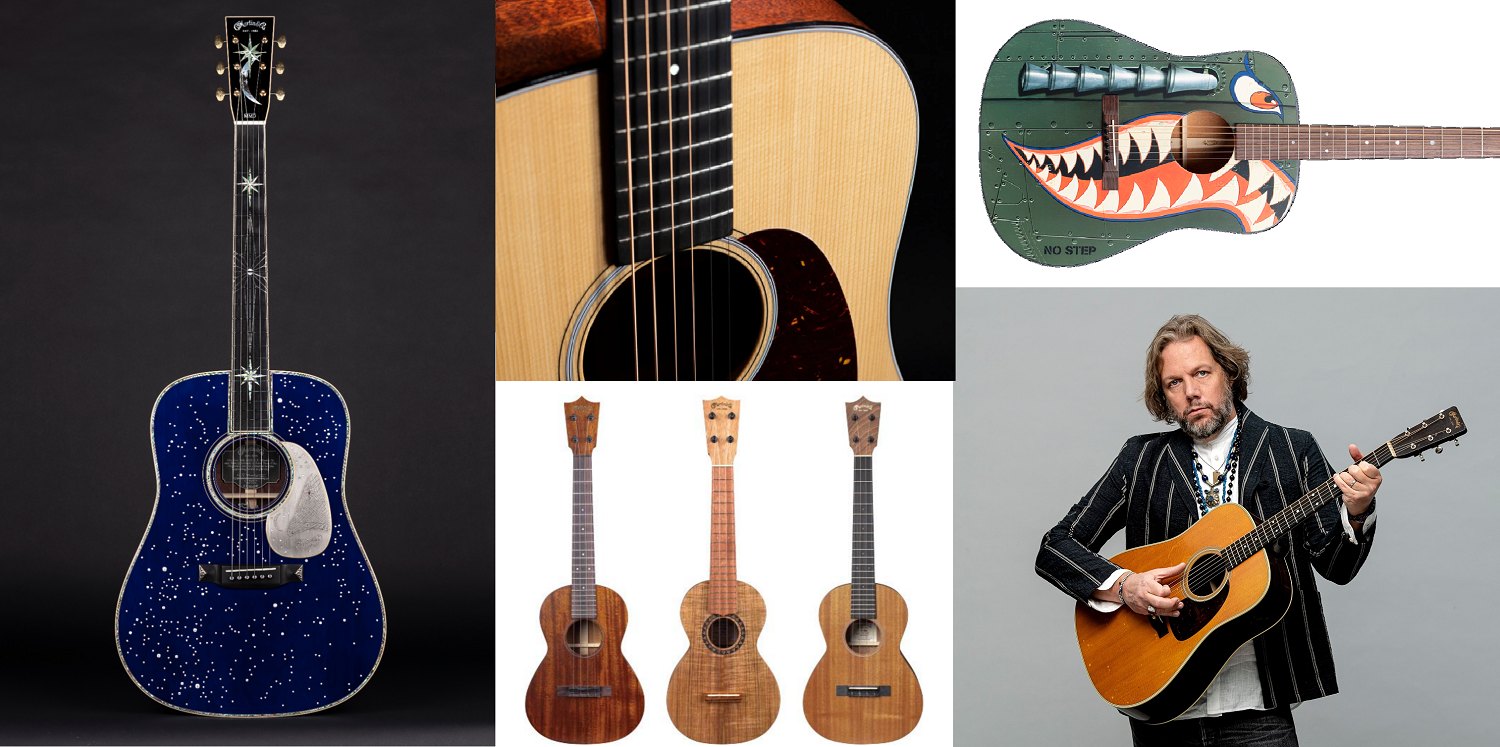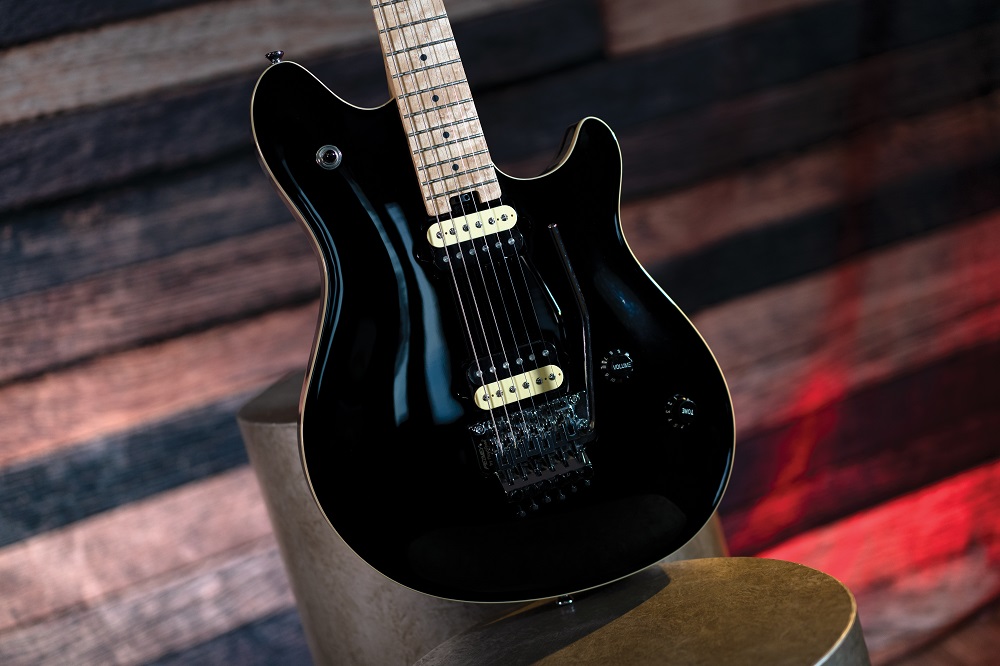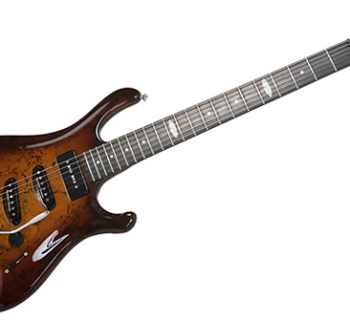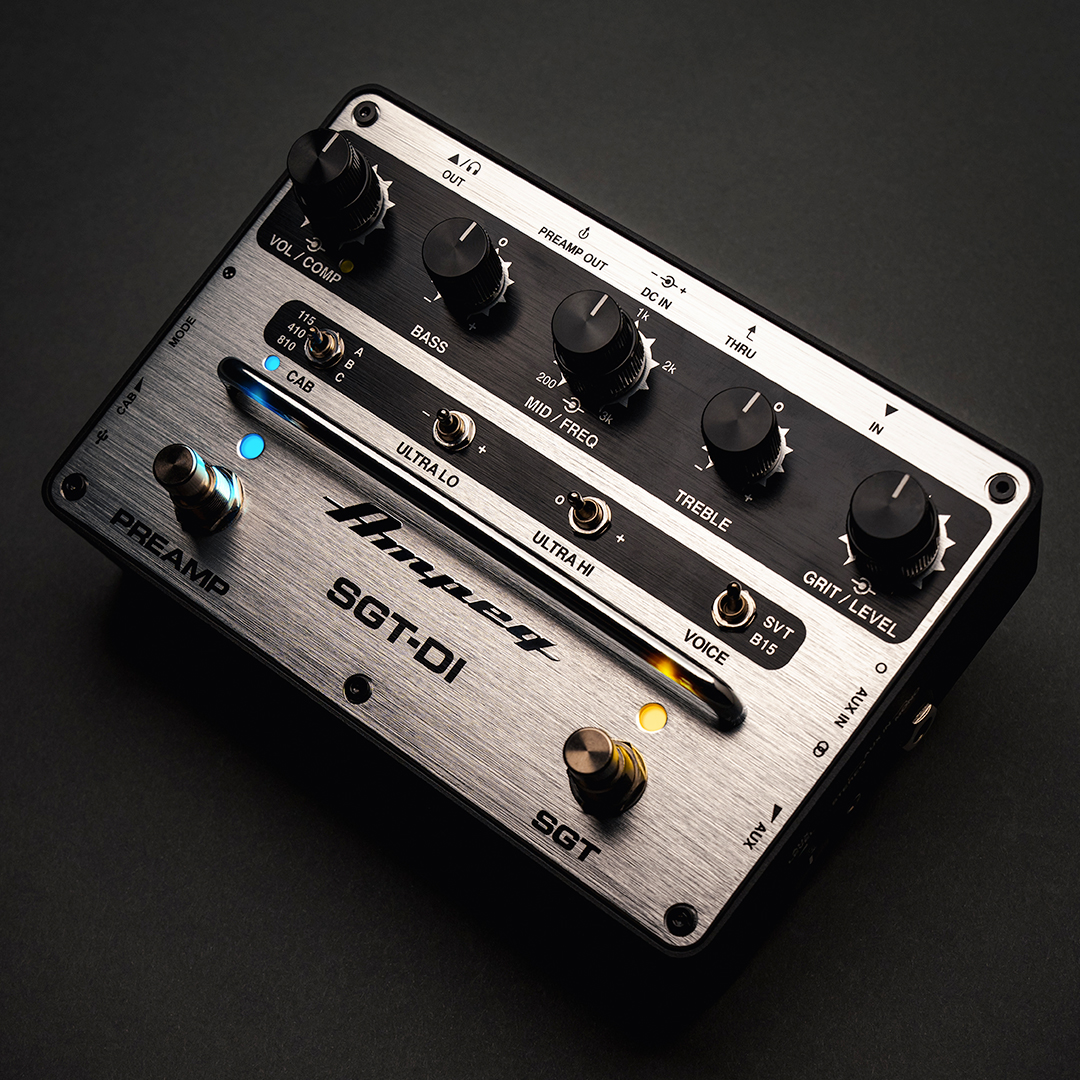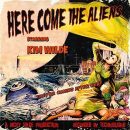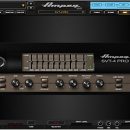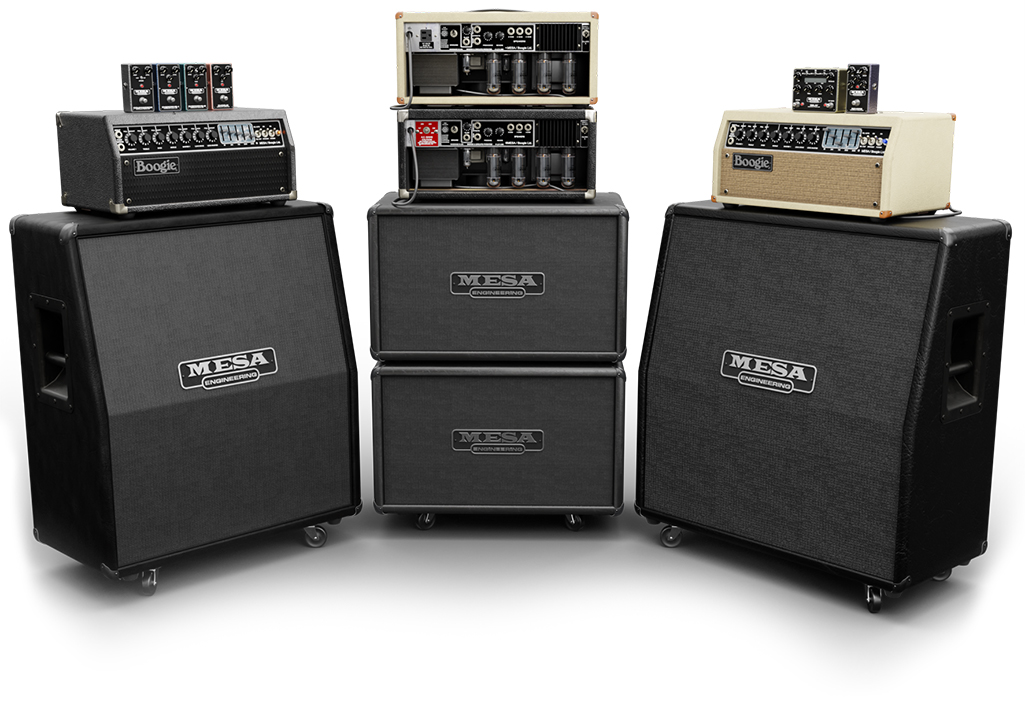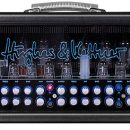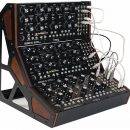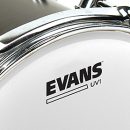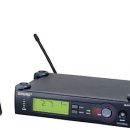 Why You Should Know Him
Why You Should Know Him
If there’s one band that comes to mind when you’re looking for catchy and danceable rock from the ‘80s to listen to, look no further than Billy Idol. Tracks like “White Wedding,” “Dancing With Myself,” and “Rebel Yell” were all enormous hits that still grace the airwaves regularly today. In fact, the Recording Industry Association of America certified the album, Rebel Yell, as double platinum in 2016, but despite this enormous success, Idol’s guitarist, Steve Stevens, was somewhat under the radar during the ‘80s and was consistently overshadowed by guitarists from the shred world.
Despite the lack of coverage then, it is obvious now that his playing has had a lasting impact on the guitar world. This can certainly be attributed to his continued success, including solo records, high-profile endorsements, guest appearances on major tracks, and his persistent role as axe man for Billy Idol (despite a departure from the band that lasted over ten years).
While you may not be aware of some of Stevens’ ‘80s guitar work, it included such tracks as “Dirty Diana” from Michael Jackson’s Bad, and music from the 1986 hit film, Top Gun. Since then, Stevens has worked on various projects with artists such as Sebastian Bach, Robert Palmer, Terry Bozzio, Tony Levin, and Vince Neil, to name a few.
Stevens’ lasting legacy and impact on the music community are in part due to his incredibly diverse playing style as well as his approach to lead guitar work. Stevens considers himself to be more in line with progressive rock guitarists who employ an arsenal of different tones to achieve diverse end results as opposed to players who dial in their “signature sound” and use it on everything.
The Gear
Stevens’ approach to his guitar playing, and the desired end product, resulted in an impressive list of gear. During the ‘80s, he favored Gibson Les Pauls as his main guitar because of their substantial weight and solid construction as opposed to lighter alternatives. He has also played Washburn and Hamer guitars with Floyd-Rose tremolos, but today, he rocks with a signature instrument from Knaggs Guitars (see our review here), and sometimes a Suhr Modern.
Though Stevens currently uses Friedman and Custom Audio amps on tour, he is a longtime user of classic Marshall Plexi and JTM45 amplifiers. On the Billy Idol album, as well as Rebel Yell, Stevens used an abundance of BOSS pedals such as the CS-2 compressor, OC-2 octave pedal, EC-2 chorus, GE-7 equalizer, as well as a ProRat distortion and a classic Cry Baby Wah.
Additionally, he used a variety of rack effects including Lexicon PCM-41 and Roland SDE-3000 delays, a Roland SRE-555 tape echo, a Roland Dimension D stereo chorus, and an Eventide H999 harmonizer. Despite his love for gear, Stevens is well known as being a player who uses effects tastefully and not as a veil to conceal any shortcomings in an effects-driven wash of sound.
Where Is He Now?
Today, Stevens continues to tour and record as Billy Idol’s trusted accomplice. They released Billy Idol’s seventh studio album, Kings & Queens of the Underground, in late 2014, and followed it up with a tour through much of 2015-2016.
Stevens’ 2008 solo effort, Memory Crash, is an excellent portfolio of his diverse playing styles and showcases the attention to detail he puts into his guitar tone. A number of easily identifiable influences can be heard on the record both in terms of writing and playing styles, though each song is uniquely Stevens’ own.
Stevens also collaborated with Sebastian Bach for that rock star’s album, Give ‘Em Hell, in 2014.
Though many may remember Stevens for his flamboyant hairstyles or his 2010 appearance in the E! reality show, Married to Rock, guitarists around the world continue to revere Steve Stevens for his revolutionary guitar work and continue to try to emulate his unique playing style and tones.
Back to the Top 40 Under-Appreciated Guitarists of the 1980s.

